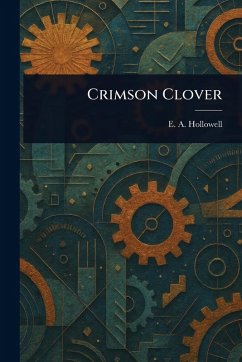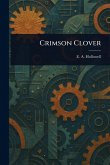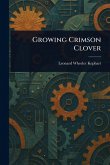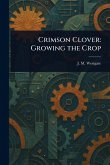Explore the vital role of crimson clover in agriculture with "USDA Leaflet No. 160, Crimson Clover (1938)" by Eugene Amos Hollowell. This historical leaflet offers a detailed look at crimson clover, a key member of the legume family, and its significance as a forage plant and cover crop. Delve into the agricultural science behind this valuable resource, understanding its cultivation and benefits as described in this comprehensive guide from the United States Department of Agriculture. Originally published in 1938, this leaflet provides insights into agronomy and botany relevant to farmers, researchers, and anyone interested in the natural world. Learn about the properties of crimson clover and its importance in sustainable agricultural practices. This meticulously prepared print republication ensures that the knowledge contained within this historical document is accessible for years to come, offering a glimpse into the past while informing present-day understanding of essential forage plants. This work has been selected by scholars as being culturally important, and is part of the knowledge base of civilization as we know it. This work is in the public domain in the United States of America, and possibly other nations. Within the United States, you may freely copy and distribute this work, as no entity (individual or corporate) has a copyright on the body of the work. Scholars believe, and we concur, that this work is important enough to be preserved, reproduced, and made generally available to the public. We appreciate your support of the preservation process, and thank you for being an important part of keeping this knowledge alive and relevant.
Bitte wählen Sie Ihr Anliegen aus.
Rechnungen
Retourenschein anfordern
Bestellstatus
Storno









